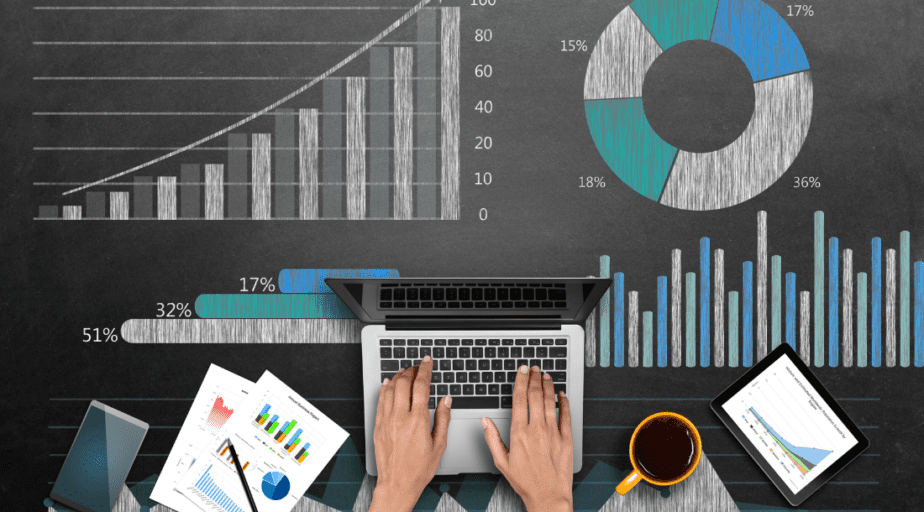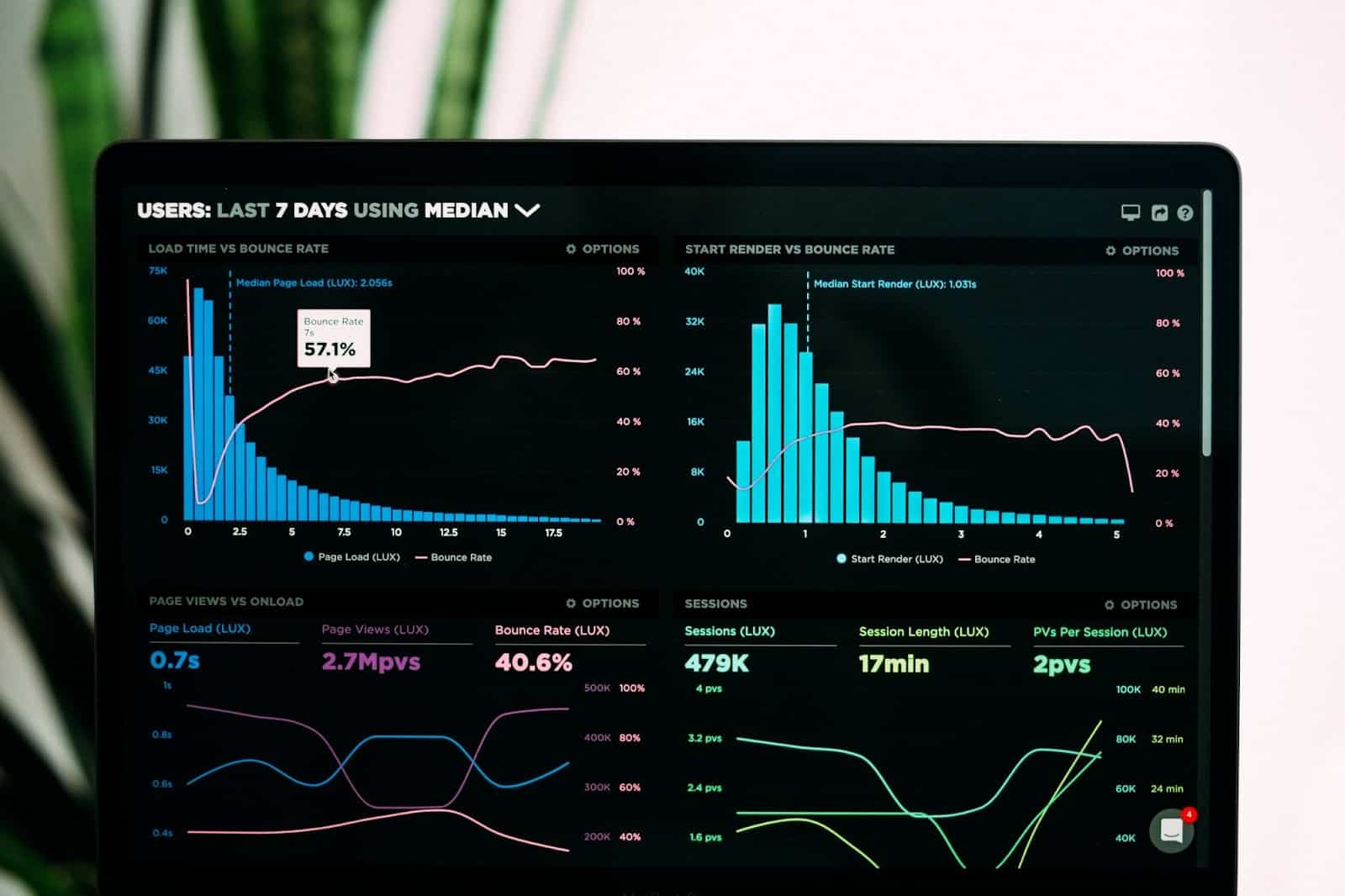Must Have Data Analysis Tools in 2024
- Datameer, Inc.
- February 4, 2024

Data analysis tools help to wrangle data – arrange data of different types and in different formats, clean data, and represent aspects of that data to produce actionable information that enhances the profitability of your business model. Let’s take a look at this updated list of must have data analysis tools in 2024
Regardless of your business model, actionable insights from data can help you make profitable decisions. What can help us efficiently process, analyze, and represent the data required for generate meaningful insights?
The answer is ‘having the right analytics tool within your stack.
The data landscape is in a state of flux, constantly changing, so having the right tools is a must.
Well, with the huge amount of data that businesses now generate, let’s just say with great data powers comes great data analysis responsibility.
In this article, we’ll explore some of the powerful data analysis tools that are ‘must haves’ for businesses in 2024.
Types of Data Analysis tools
1. Spreadsheet Tools:
Microsoft Excel and Google Sheets are examples of fundamental spreadsheet tools that simplify data organization. They offer a user-friendly interface and enable users to collect and display data in tabular formats.
What features make them a top choice in data analysis? For Excel,
Here are some of its stand-out features:
- Simple and easy interface used for organizing and displaying sets of
- Features for applying formulas and performing calculations on multiple cells of
- Easy integration with upstream data/BI
Google Sheets
Google Sheets is an online spreadsheet software by Google used to create tables that store related sets of data.
Google Sheets is a tech-bro favorite because all the data captured and the manipulations done are easily synced and stored automatically on the Cloud.
This offers perks such as easy accessibility, easy collaboration, and fault tolerance. You don’t even have to worry should your hardware component fail, you’ll always have uninterrupted access to your data.
2. ETL Tools:
In computing, Extract, Transform, and Load is a three-step process where data is extracted, then transformed, and finally loaded into a single data container.
The data is often gotten from different sources and is usually of different types, so it must first be converted into a unified format.
Here are a few of my recommendations:
Talend
Talend is a fully-fledged ETL tool that facilitates data integration. It also allows for working with data from different sources.
Let’s see some of its features, features that make it desirable to businesses looking to leverage heavily on data.
Key Features
- Free 14-day
- A plethora of connectors to different data
- A robust community of talend
- Training and certification
Datameer
Another popular ETL tools that trumps the rest is Datameer, Datameer is a SaaS tool built with modern data stacks in mind.
Here’s what makes Datameer stand out:
- Native to This high-sounding sentence simply means that Datameer integrates seamlessly with Snowflake for all your data transformation needs.
- Simple UI. Another unique feature of Datameer is that it caters to the requirements of data analysts who do not want to always write codes, providing GUI applications that use SQL, or ‘No Code’ at all, or even both, whatever suits your persona
- Quick How quickly will you want to connect and integrate your different data sources? Datameer can help your team seamlessly combine the variety of data sources and formats they require and analyze them without having to be technical experts. That is what Datameer did for Sophos, a company in the Network security industry.
- Datameer is also great on pricing too. You can schedule a quick call with the team at Datameer to get personalized pricing that meets your team’s needs.
Discover Datameer’s user-friendly interface equipped with powerful data processing tools, simplifying complex data operations for every type of user.
3. Databases:
A database provides a structure for storing data that will usually have to be used by third-party software.
It proves to be a helpful tool when you are working on data that has been collected from sources like web and mobile applications.
A beautiful example of a database is MySQL. Let’s briefly see what it is.
MySQL
This is a relational database. A relational database is a database where each table has a relationship with another.
Oracle developed it and it is one of the most commonly used databases for websites today.
Key Features
- It is Free to use
- The open-source software that can be downloaded and used by
- Supports much larger sets of data and
- Can store data of different types and record each type of stored
4. Self-Service Data Visualization:
Data visualization is one of the most critical skills for a data analyst because it provides a visual form to represent data, making reading the data more accessible and generating insights quicker.
Tableau
Tableau is a leading data analytics software specializing in the visualization of data sets and has an interface that is easy to use by analysts of all skill levels.
Key Features
- Offers an analysis of data in real-time.
- Has a large community for
- Allows querying of data with no cod Next, we’ll discuss Power
Power BI
Power Bl is a data visualization and business intelligence software by Microsoft. It turns your unrelated data sets into visually comprehensive and interactive insights.
Key Features
- Offers a range of data visualization
- The “Get Data” feature allows an analyst to join data from different
- A variety of DAX (|Data Analysis Expressions) functions give the analyst a list of predefined commands to perform data analysis
5. Programming Languages / Citizen data tools.
Using a programming language for analysis is useful when complex or unique computations need to be performed on data to arrive at insights more suited to the organization’s needs.
The languages listed here are selected because they are the most efficient in handling data in a more computational capacity. They include the following;
Python
Python is a high-level, general-purpose programming language that has a simple syntax. It is the most widely used programming language.
Key Features
- Easy to understand and get started
- A robust library of functionality, especially for data analysis (such as Pandas, Matplotlib, and many more).
R
R is a popular open-source programming language. It is commonly used to create statistical software. Although it has a syntax more complex than Python, it was built primarily to deal with heavy data sets and is very popular for visualizing data.
Key Features
- Offers strong graphical capabilities for
- Offers a wide variety of packages and
- Has an active community for support on
- Offers distributed computing capabilities making for faster
No Code
There has been a surge in no-code data analysis tools in the past few years. While these tools may seem like they are for those who don’t know how to code, they are also a great alternative for those who can code but want to get their analysis done faster.
Key Features
- Faster turnaround on data projects
- More people in the team can be involved in data analysis
6. Big Data Tools:
This is the realm of big data, and tools like Hadoop and Snowflake reign supreme here. Hadoop and Snowflake are the gold standard in this era of distributed computing. Let’s discuss them in a bit more detail.
Hadoop
Apache Hadoop is an open-source suite that scales big data by offering distributed computing for faster data processing. This is done using a model of programming called MapReduce.
Hadoop provides for faster data processing, has a fault-tolerant mechanism that ensures systems run smoothly, and is faster and cost-effective.
Sadly, because it is riddled with the challenge of scalability and complexity, most data-driven businesses are quickly moving from Hadoop to cloud-based data warehouses of which Snowflake has been a clear favorite.
Snowflake
The industry shift toward Snowflake is understandable as Snowflake is a very robust cloud-based data warehouse.
It helps organizations eliminate data silos by integrating all data sources into one platform and provides a wide range of tools to process data sets and workloads in real-time. One of its best features is it offers scalable computing.
Here are some of Snowflake’s additional features.
- It has an easy-to-use interface
- Full technical and business support on data migration, security, and Snowflake best practices
- Wide range of tools to process data sets across over 15 different industries
- Proven cloud architecture that reduces the time taken to process terabytes of data sets in minutes
- Integrated with Datameer
Conclusion: Harnessing Cloud Power with Snowflake + Datameer
Choosing the right data analysis tool is key to navigating the sea of data. Understanding each tool’s effectiveness helps transform data into actionable information.
For organizations dealing with big data, cloud-based tools like Snowflake and integrations like Datameer are powerful allies, ensuring that data transformation is seamless for insightful decision-making.
Explore the possibilities of Datameer for a comprehensive data analysis experience



